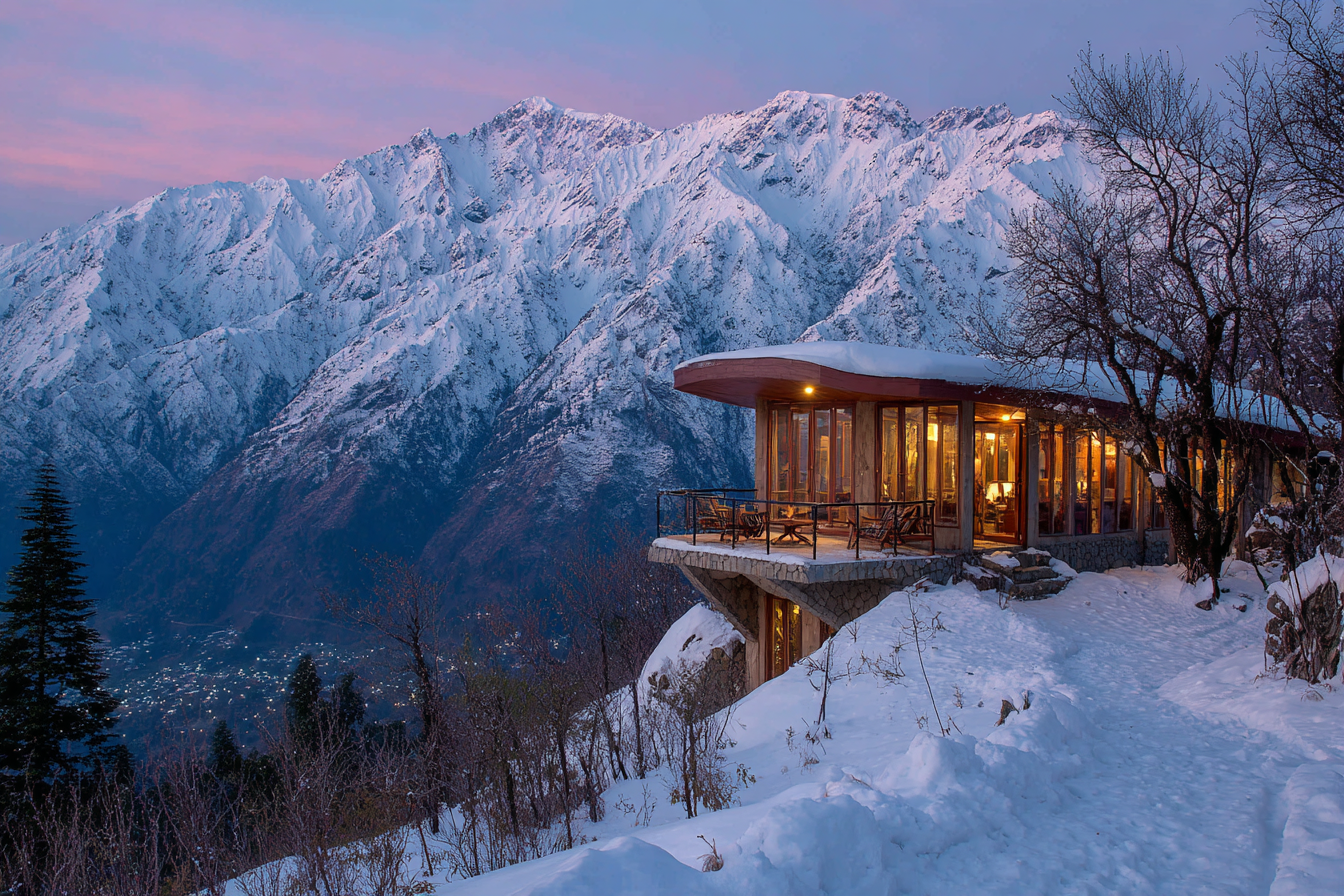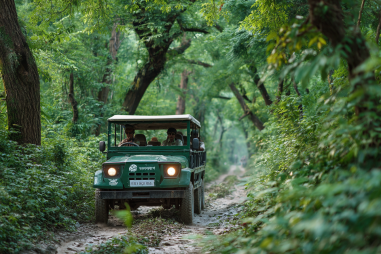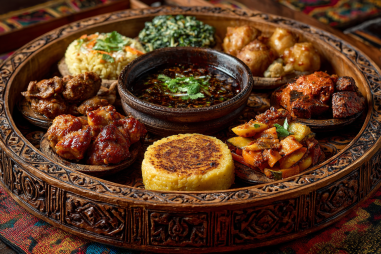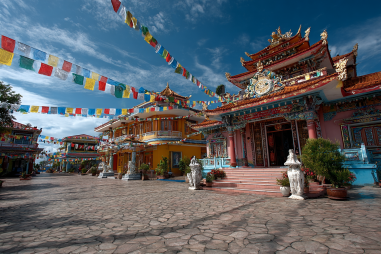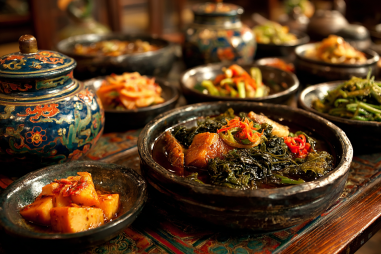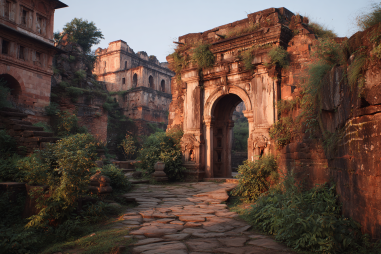Trekking to Everest Base Camp (EBC) is one of the world’s most awe-inspiring adventures, but beyond the breathtaking views and physical challenge, one of the most important considerations is where you’ll rest each night. Accommodation along the Everest Base Camp route varies widely, from basic teahouses to more comfortable lodges, playing a crucial part in ensuring a good rest and recovery after a long day on the trail. Understanding what to expect, where to stay, and how to plan your accommodation can make your trek smoother and far more enjoyable.
Types of Accommodation on the Trek
Accommodation options on the Everest Base Camp trek predominantly consist of teahouses and lodges. These are simple guesthouses that cater to trekkers and climbers trekking through the region. Most teahouses offer shared rooms with basic beds, wooden or foam mattresses, and blankets. Hot showers and electricity are usually available, but these can be limited depending on the location and season.
Lodges tend to be larger and offer slightly more comfort, sometimes including private rooms and better communal areas for relaxing and dining. However, they can be found primarily in larger villages and towns along the route rather than at every stop. Camping is rare on the EBC trail because of the well-established teahouse network, though some guided tours may include camping at specific points.
What Amenities Are Typically Available
The amenities along the trail are basic but adequate, designed with the needs of trekkers in mind. Most teahouses offer:
- Simple rooms: Usually with two or more beds; rooms can be shared or private if available.
- Heating: Most lodges and teahouses have communal wood or yak-dung stoves to keep the dining area warm.
- Meals: On-site kitchens serve breakfast, lunch, and dinner. The menu focuses on hearty Nepali, Tibetan, and western dishes like dal bhat, soups, pasta, and noodles.
- Hot showers: Generally available for a fee, which can be steep at higher altitude stops like Gorak Shep.
- Electricity and charging ports: Often limited to a few hours a day and sometimes requires a fee.
- Wi-Fi: Some places provide Wi-Fi for an additional charge, but speeds tend to be slow.
Popular Villages with the Best Lodging
Along the trek, certain villages stand out for their better attention to accommodations, offering more options and better facilities. These include:
- Namche Bazaar: The main hub on the trail, with a wide range of lodges, restaurants, internet cafes, and even banks.
- Dingboche: A popular acclimatization stop offering several spacious lodges with hot showers and more comfortable rooms.
- Periche: Known for good lodges catering to trekkers and climbers, also offering medical and rescue facilities.
- Gorak Shep: The last stop before Base Camp with a handful of teahouses; these lodges are basic but strategically located for early morning summit attempts on Kala Patthar and Base Camp visits.
Booking Tips and Considerations
Generally, reservations aren’t mandatory on the Everest Base Camp trek because the teahouse system caters directly to walk-in trekkers. However, during peak seasons such as pre-monsoon (March to May) and post-monsoon (September to November), the trek sees a high influx of visitors and accommodations can fill up quickly.
Here are some useful tips for booking your accommodation:
- Pre-book in peak seasons: If you prefer specific lodges or private rooms, consider booking ahead through tour operators or websites especially in Namche Bazaar and other popular stops.
- Arrive early: Most trekkers hike from village to village on the same day; coming early gives you first choice of rooms.
- Travel flexibility: Consider being flexible with your itinerary to adapt if accommodations are full.
- Guided treks: Tours often arrange stays in advance, which can remove stress related to accommodation availability.
Budget versus Mid-Range versus Luxury Options
Accommodation prices vary widely depending on location, season, and comfort level. Here’s a quick breakdown:
- Budget: Basic rooms in small teahouses with shared bathrooms can cost around $5–10 per night. Expect no frills and limited amenities.
- Mid-Range: Lodges offering private rooms, hot showers, and better dining options range from $15 to $30 per night. These are common in larger villages like Namche Bazaar and Dingboche.
- Luxury: Only a handful of high-end lodges provide upgraded rooms with better decor, heating, and quality meals. These can cost $40 or more per night, mainly in Namche Bazaar or Lukla.
Choosing between these typically depends on your budget, expectations, and how important comfort is for your trek experience.
Hygiene and Safety Standards
While teahouses make every effort to maintain cleanliness, facilities are basic and hygiene standards can vary widely. It’s a good idea to carry your own hygiene essentials such as hand sanitizer, tissues, and sanitary wipes.
Water should always be treated or boiled before drinking, as tap water and even some teahouse-supplied water may not be safe. Most lodges sell bottled water or offer filtered options for a fee.
In terms of safety, lodges in the Everest region are accustomed to dealing with altitude sickness and medical emergencies. Many popular stops have access to clinics and hospitals in case of health issues. Always inform your guide or fellow trekkers if you feel unwell.
The Impact of Season on Availability
Seasonality plays a big role in the accommodation experience on the Everest Base Camp trek. The high seasons in spring and autumn bring the best weather but also the highest number of trekkers. Lodges are busier, prices may rise, and you may need to be more flexible with your choice of accommodation.
During the off-seasons — winter and monsoon — many teahouses in the higher villages close due to harsh weather and low demand. This limits lodging options and means trekkers who do go must be well prepared for cold and fewer services.
Planning your trek in shoulder seasons or low seasons might give you quieter trails and cheaper accommodation but be prepared for less predictable weather and possible closures.
Resting Well on the Trail
Good accommodation is essential for a successful and enjoyable Everest Base Camp trek. After long, physically demanding days hiking through rugged terrain and high altitudes, having a clean, warm, and safe place to sleep will recharge your body and mind. Whether you choose a simple teahouse or a more comfortable lodge, take time to settle in, enjoy a warm meal, and socialize with fellow trekkers. Proper rest not only helps you recover but also prepares you for the next day’s adventure toward the roof of the world.

